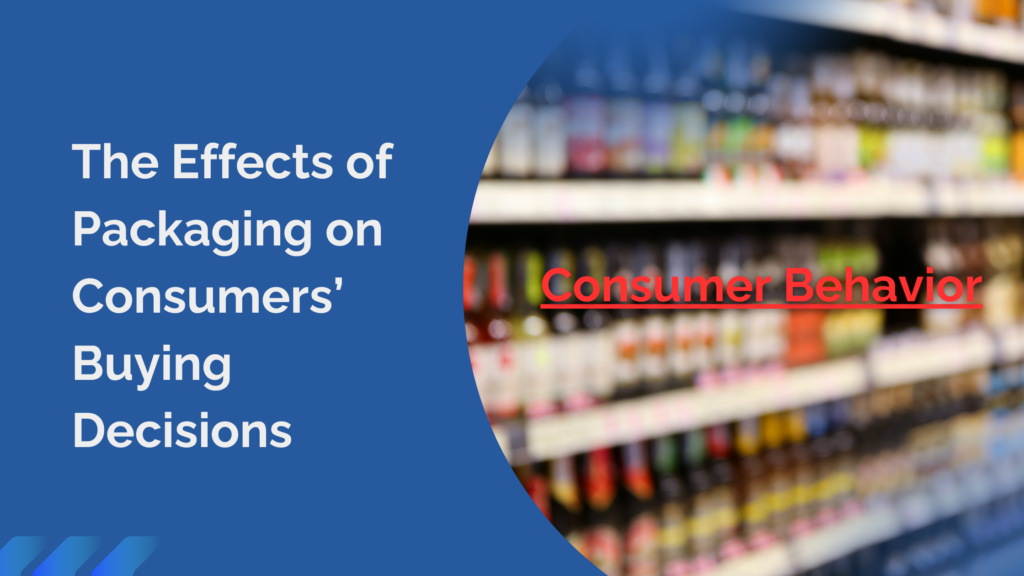The Evolution of Packaging Design and Branding
The development of packaging design can be traced back to ancient times when people used natural materials such as leaves, animal skins, and woven fibers to store and transport goods. It was not until the late 19th and early 20th centuries that packaging design began to transform into a sophisticated marketing tool. This evolution was driven by the Industrial Revolution, which led to mass production and increased demand for durable and practical packaging materials, such as glass and tin.
Packaging branding gained popularity in the early 1900s as companies realized the importance of brand identity. It became evident that customers were more inclined to purchase products if they were familiar with the branding and logos and had a positive prior experience. Campbell’s Soup was one of the first brands to feature logos on their packaging, introducing its iconic red and white label in 1897. This set a precedent for other companies, leading to the widespread practice of using logos and consistent branding elements on packaging to establish a recognizable and trustworthy brand image.
The Psychology Behind Color and Design Choices
The selection of colors and designs in product packaging plays a significant role in shaping the consumer behavior. Various colors can elicit distinct emotions. For instance, red is commonly linked with excitement and a sense of urgency, making it a favored option for items such as snacks and beverages. On the other hand, blue is perceived as calming and dependable, which is why it is often utilized in the packaging of healthcare and technology products.
The choice of print style and design elements, such as imagery and layout, significantly influences how a product is perceived. A minimalist design can communicate elegance and sophistication, while a busy, colorful design might imply fun and playfulness. The psychology behind these choices is based on how consumers process visual information and make purchasing decisions based on their emotional responses to the packaging.
How Consistent Branding Builds Trust and Recognition
Consistent branding across all packaging and marketing materials is essential for building trust and recognition among consumers. When a brand maintains a uniform look and feel, it becomes easily identifiable and memorable. This consistency helps to reinforce the brand’s identity and values, making it easier for consumers to form a connection with the brand.
Consistent branding also signals reliability and professionalism. When consumers see a familiar logo and design, they are more likely to trust that the product inside meets their expectations based on past experiences. This trust is crucial for fostering brand loyalty and encouraging repeat purchases, as consumers are more likely to stick with brands they know and trust.
It is crucial to maintain consistent branding in today’s global market. It’s important for consumers around the world to easily recognize their favorite brands. Companies aiming to attract and retain a loyal consumer base must be diligent in ensuring consistent branding on their packaging.
The Role of Sustainable Packaging in Modern Consumerism
In today’s environmentally conscious market, the significance of sustainable packaging cannot be overstated. Consumers are increasingly mindful of the environmental impact of their purchasing choices and are more inclined to support brands that prioritize sustainability in their packaging. This change in consumer behavior has prompted many companies to embrace eco-friendly packaging solutions, such as biodegradable materials, recyclable packaging, and minimalistic designs that minimize waste.
Sustainable packaging not only benefits the environment but also enhances the brand’s reputation. Brands that demonstrate a commitment to sustainability can differentiate themselves in a crowded market and attract a loyal customer base that values eco-friendly practices. Sustainable packaging can serve as a powerful marketing tool, as it aligns with the growing consumer demand for responsible and ethical business practices.
There is no doubt that packaging influences consumer behavior. In a 2018 survey, it was found that the majority of Americans believe the design of a product’s packaging (72%) and the materials used to package a product (67%) often influence their purchasing decisions when choosing which products to buy. Companies that also prioritize consistent branding through packaging and a move towards sustainable materials will drive customer loyalty across international markets.
Clear Packaging has become a trusted external resource for many brands by offering valuable data about packaging. From exploring alternative, sustainable substrates to conducting continuous validation tests to ensure consistency in all specifications including graphic colors on all packaging, our ISO 17025 accredited packaging testing laboratory gathers data that allows brands to make fact-based decisions and have confidence in their packaging.
See a few Recommended Tests that Clear Packaging performs for various packaging materials!
